I just attended the first Ibero Bamboo Symposium in Madrid , where I talked about bamboo in Europe. Planning for the symposium started in 2018, when I was the Director-General of INBAR, but we had not concluded negotiations by the time I left Beijing in April 2019. Borja de la Pena Escardo from INBAR must be congratulated with his perseverance to make it happen, together with the Spanish organisation BAMBUSA. The symposium took place on 1 October 2019, and was attended by some 100 participants from Portugal, Spain and a number of other countries.
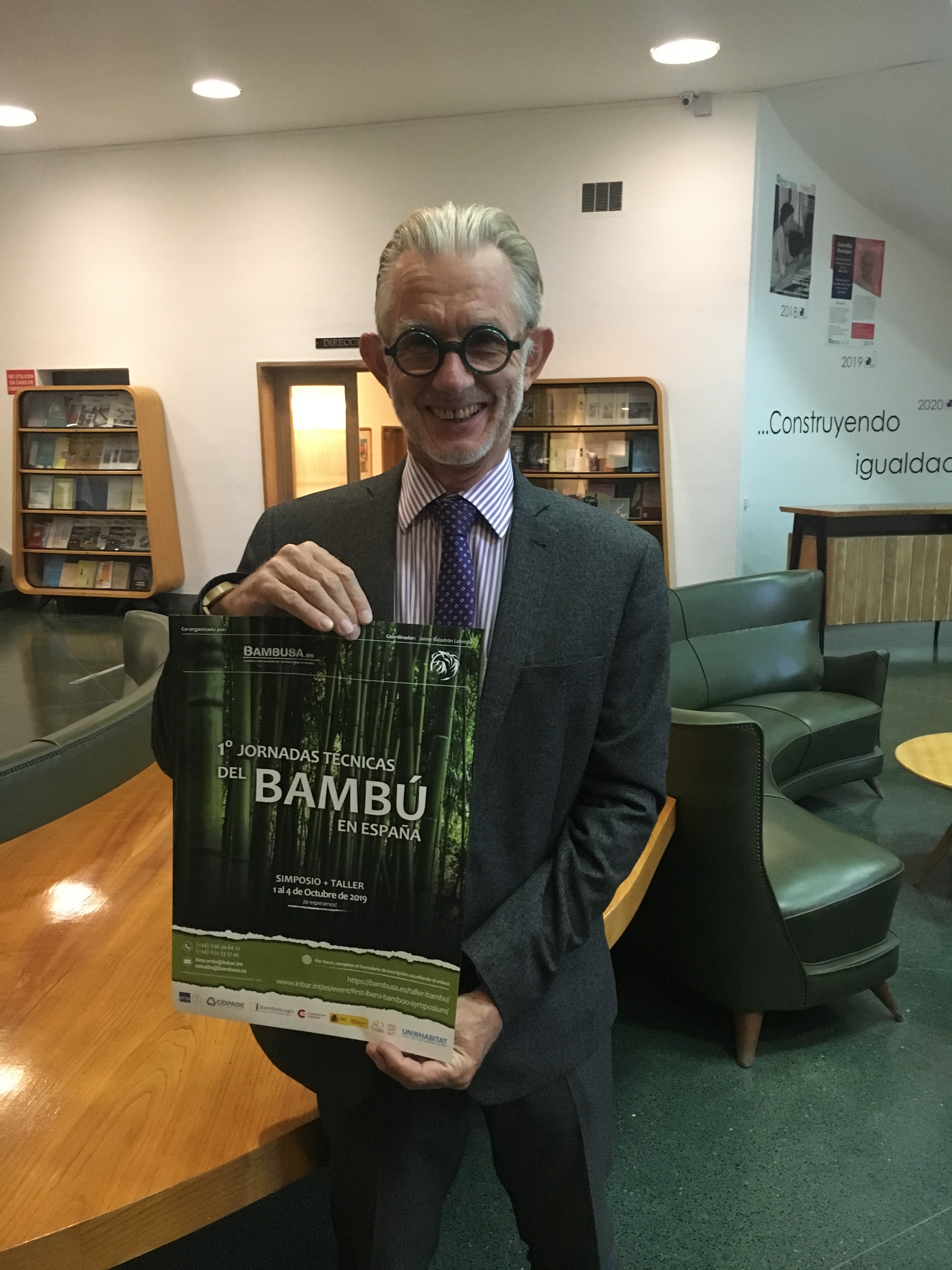
This was a very opportune time, as in recent months in the run-up to the United Nations Climate Summit in New York, there has been a lot of news about the benefits of planting trees for climate change mitigation, and the Climate Summit stressed the importance of Nature-based Solutions for Climate Change.
A report from the Swiss Federal Institute of Technology in Zurich in the scientific journal Science a few months ago advocated to plant at least a trillion trees. The study calculated that over the decades, those new trees could suck up nearly 830 billion tons of carbon dioxide from the atmosphere.
However, the report only looked at trees and did not consider the significant opportunity that could be provided by planting bamboo. Woody bamboos look like trees, although they are genetically members of the grass family. According to Guinness World Records, Bamboos are the fastest growing plants in the world, and when the poles are harvested the roots and rhizomes maintain their health so that new shoots appear during the next growing season.
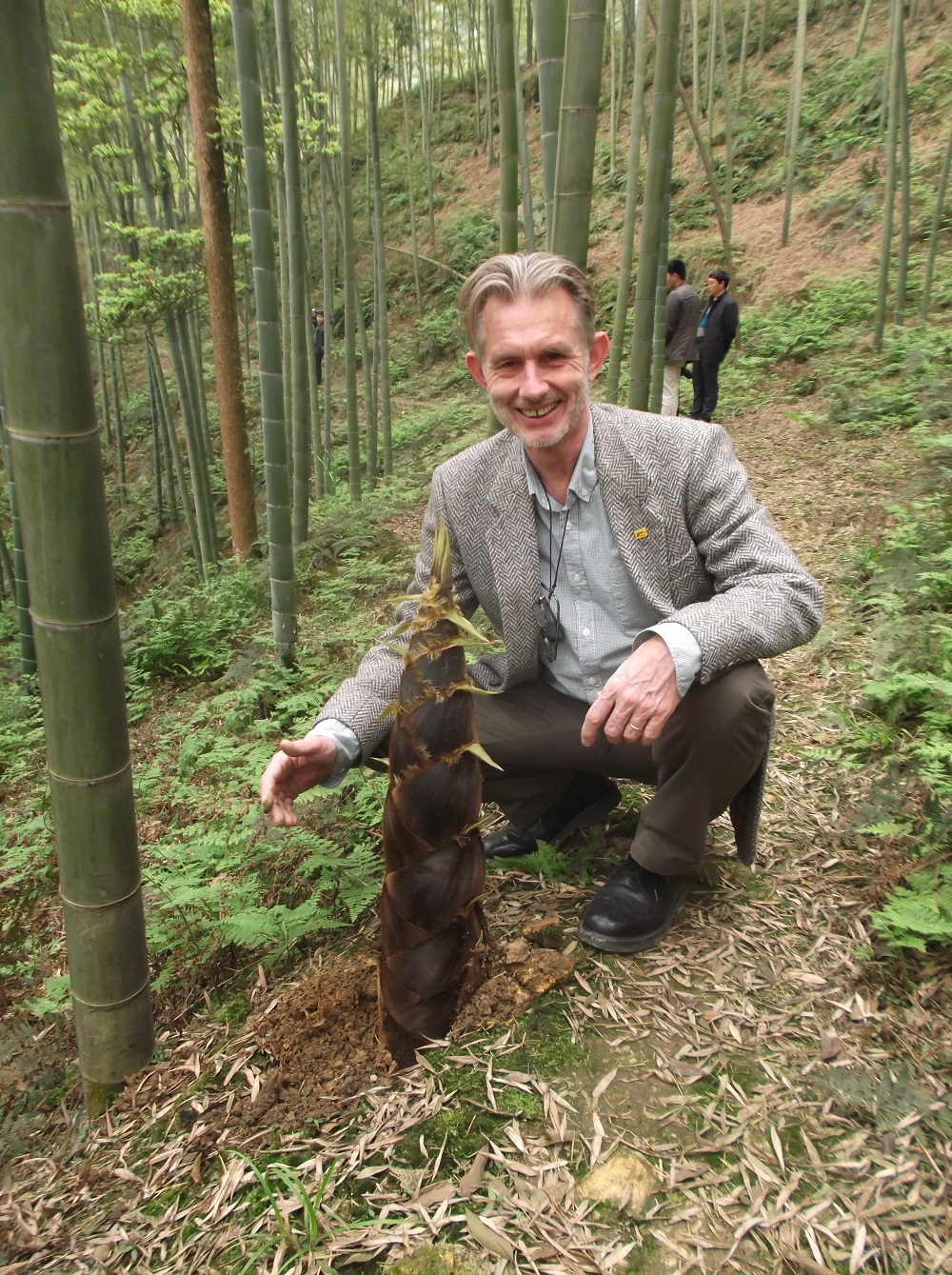
Bamboo shoot in Zhejiang Province, China
Although it would take decades before new forests would be mature enough to store large amounts of carbon, bamboo plantations are very effective within a few years of planting. Reports by the International Bamboo and Rattan Organisation (INBAR) from China and Ecuador have illustrated this in earlier studies, and a recent 2019 report by Bamcore in California strongly supports these findings.
The research from Bamcore leads to the fundamental conclusion that woody bamboo afforestation and reforestation significantly out-performs wood afforestation and reforestation, providing significant near-term carbon capture and ultimately more carbon capture and storage per hectare of land used.
Bamboos are part of natural vegetation in sub-saharan Africa, much of Asia east of Pakistan and most of Latin America and the Caribbean. They are not native to Europe, although the Mediterranean Cane that grows in the Mediterranean Region is very similar to bamboo. We know from pilot tests that bamboos also thrive, and many small areas of healthy planted bamboos exist in France, Italy, Portugal and Spain
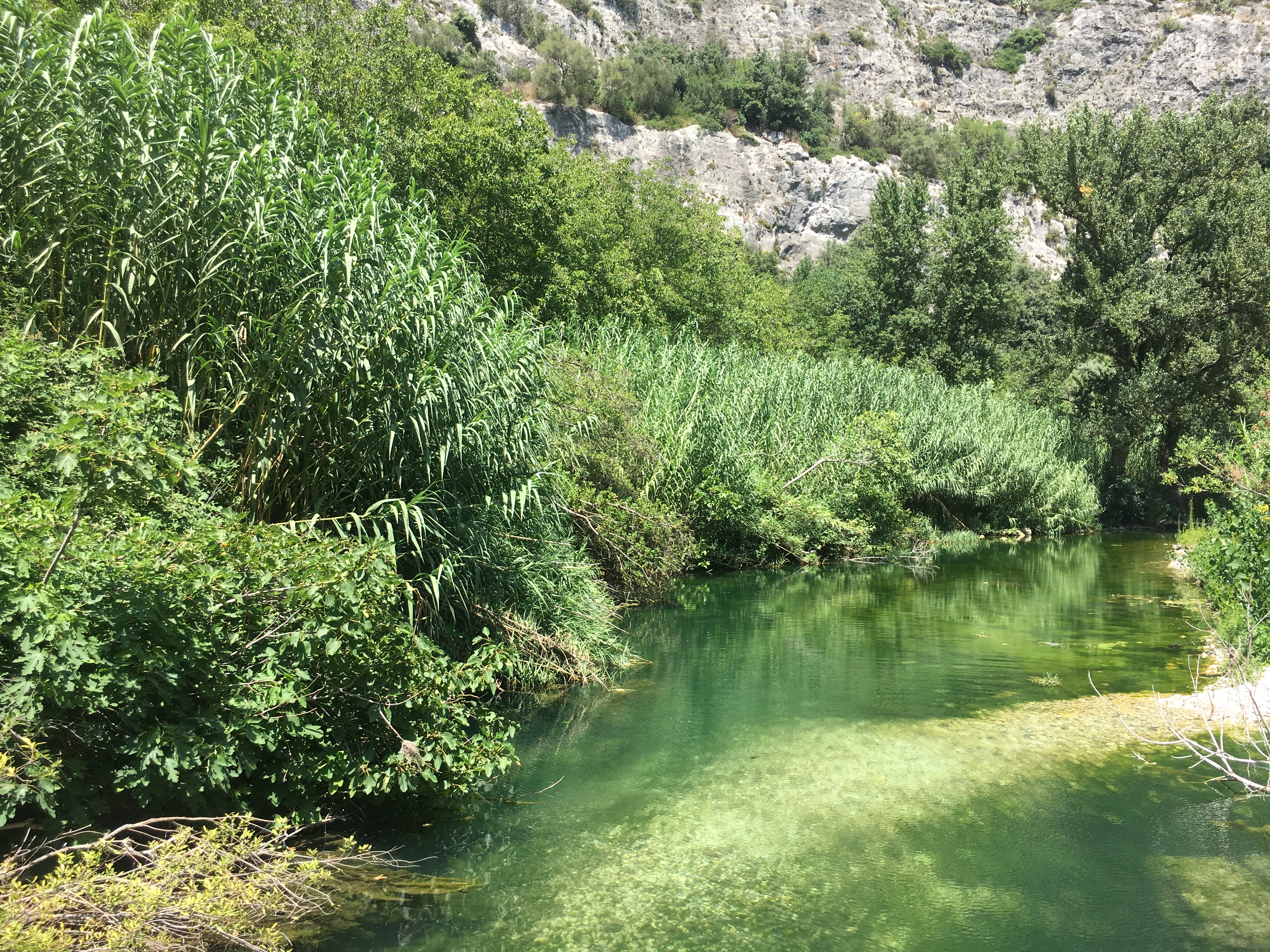
Arundo donax (Mediterranean cane) in Anapo Valley, Sicily
The European Commission claims in recent reports that during the period 2015-2030 more than 20 million ha of agricultural land in the EU are under high potential risk of abandonment due to factors, related to biophysical land suitability, farm structure and agricultural viability, population and regional specifics. The same report claims that the incremental abandonment of agricultural land, especially in southern Europe, is projected to reach about 280 thousand ha per year on average, bringing the total abandoned land to 5.6 million ha by 2030, the equivalent of 3% of total agricultural land.
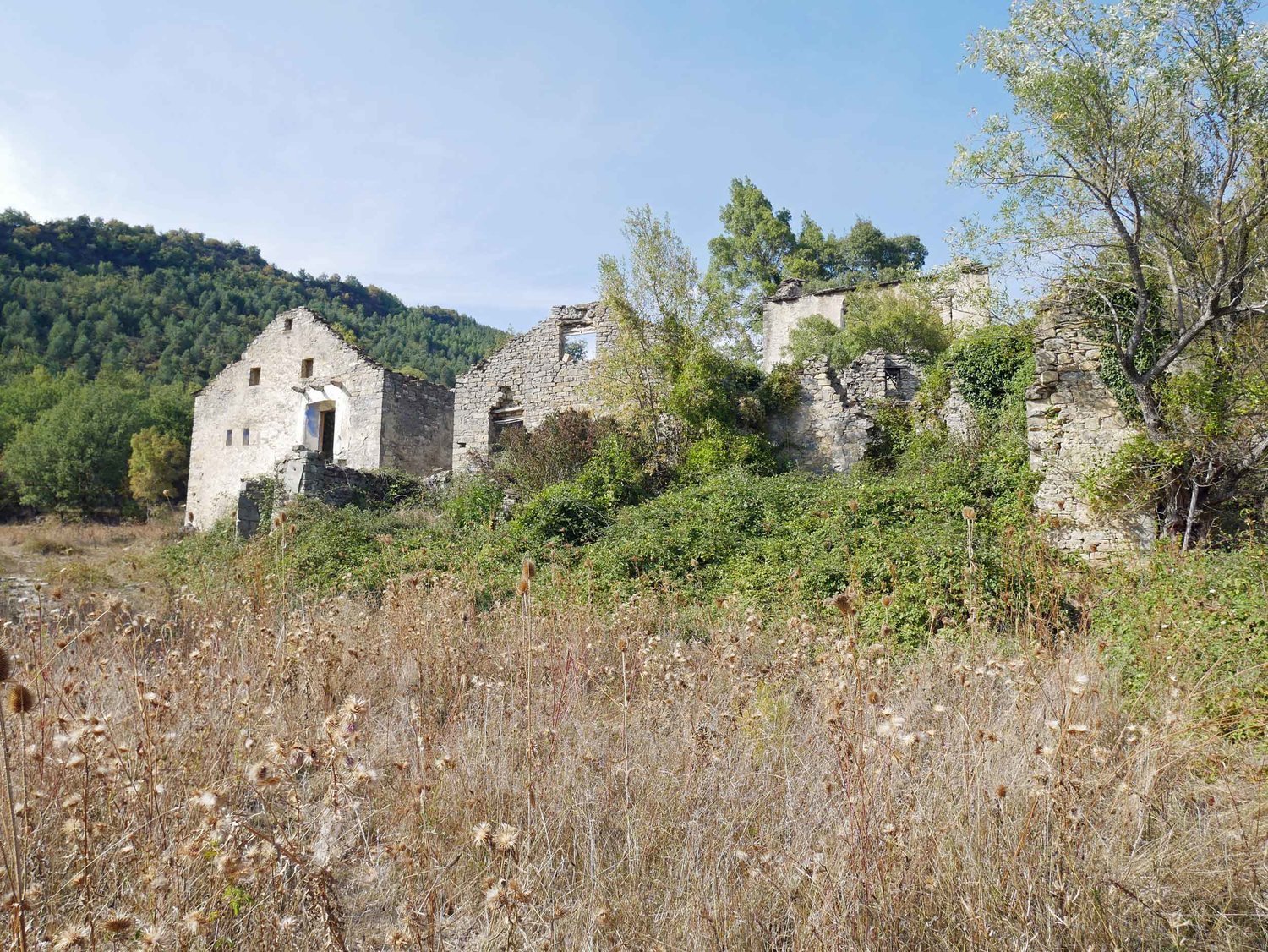
Abandoned farm in southern Europe
This combination of available abandoned land and the need to plant vegetation to create natural carbon sinks is a very strong argument to augur for the planting of bamboos on degraded agricultural land in southern Europe, and I was very happy to present the plans of the European Bamboo Plantation Programme by Bamboologic during the bamboo symposium in Madrid. We are starting a small 150 Hectares plantation in southern Portugal, and we plan to expand this soon to 2000 Hectares. The next phase will be to out-scale to other South-European countries and we aim for 8000 Hectares in total.
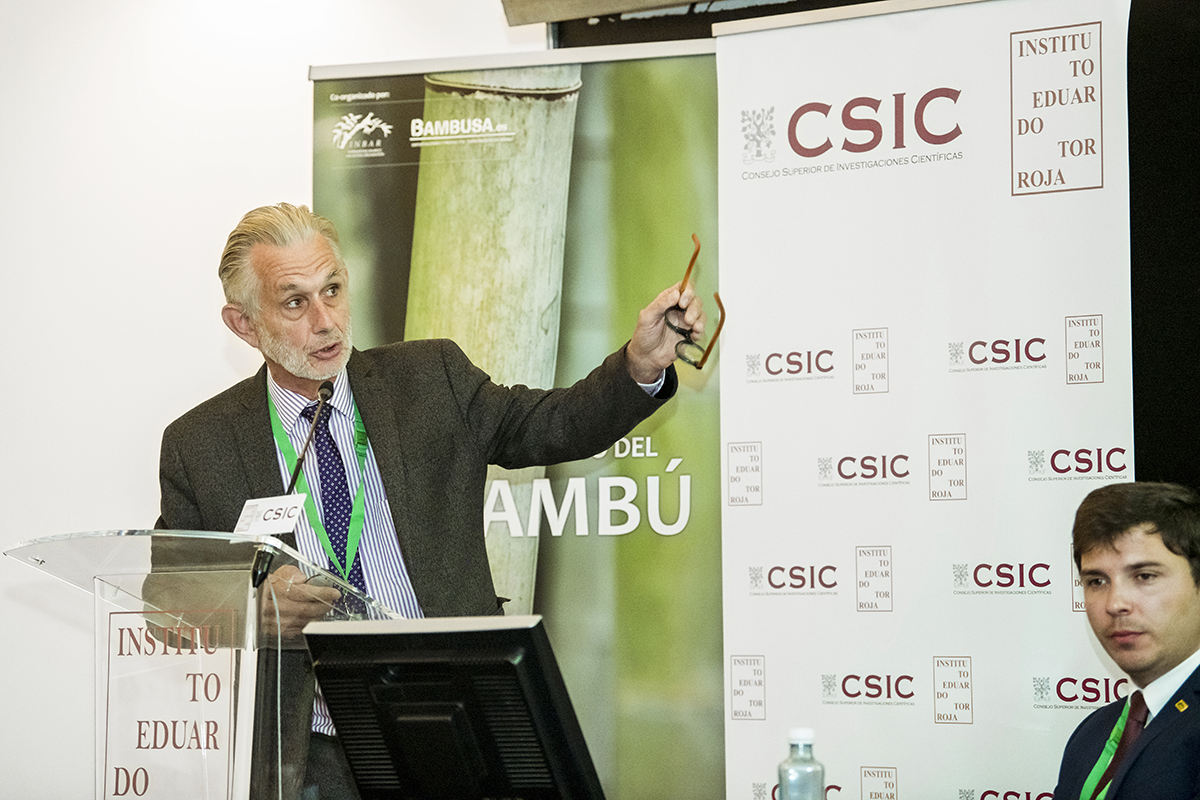
At the Madrid Symposium. Photo credit: Garcia-Pena
The benefits of these European bamboo plantations are:
- Job creation when developing the plantations in deprived agricultural areas where currently not many economic opportunities exist;
- Carbon sequestration that is more efficient that other means of carbon capture;
- Provision of a source of fibre for a multitude of uses, and related small and medium enterprise development;
- Creation of more jobs in this new, green economic sector.
Once a source of bamboo has been created, we hope to be able to create supply chains that have a very small carbon footprint, compared to the current practice of shipping bamboo from Asia or Latin America. We know that even with inter-continental transport, the overall carbon foot print of bamboo flooring is close to zero. Imagine what that would be like if the raw or semi-processed material came from southern Europe.
I was pleased to hear that many participants support the proposals to plant bamboo in Portugal and Spain, and the representative of the Ministry of Agriculture confirmed that there are no legal restrictions on planting bamboo. In fact, we found out that there are already several small bamboo groves on the Iberian Peninsula, which will help us to garner further support.

At the Madrid Symposium. Photo credit: Garcia-Pena
After the meeting in Madrid, I flew to Italy where I spoke at the Labirinto della Masone near Parma during the event “Under the Bamboo Tree”. The Labyrinth was created by Franco Maria Ricci, an Italian graphic designer and publisher, and it is constructed with 200,000 bamboos. What an amazing setting for a discussion about bamboo!
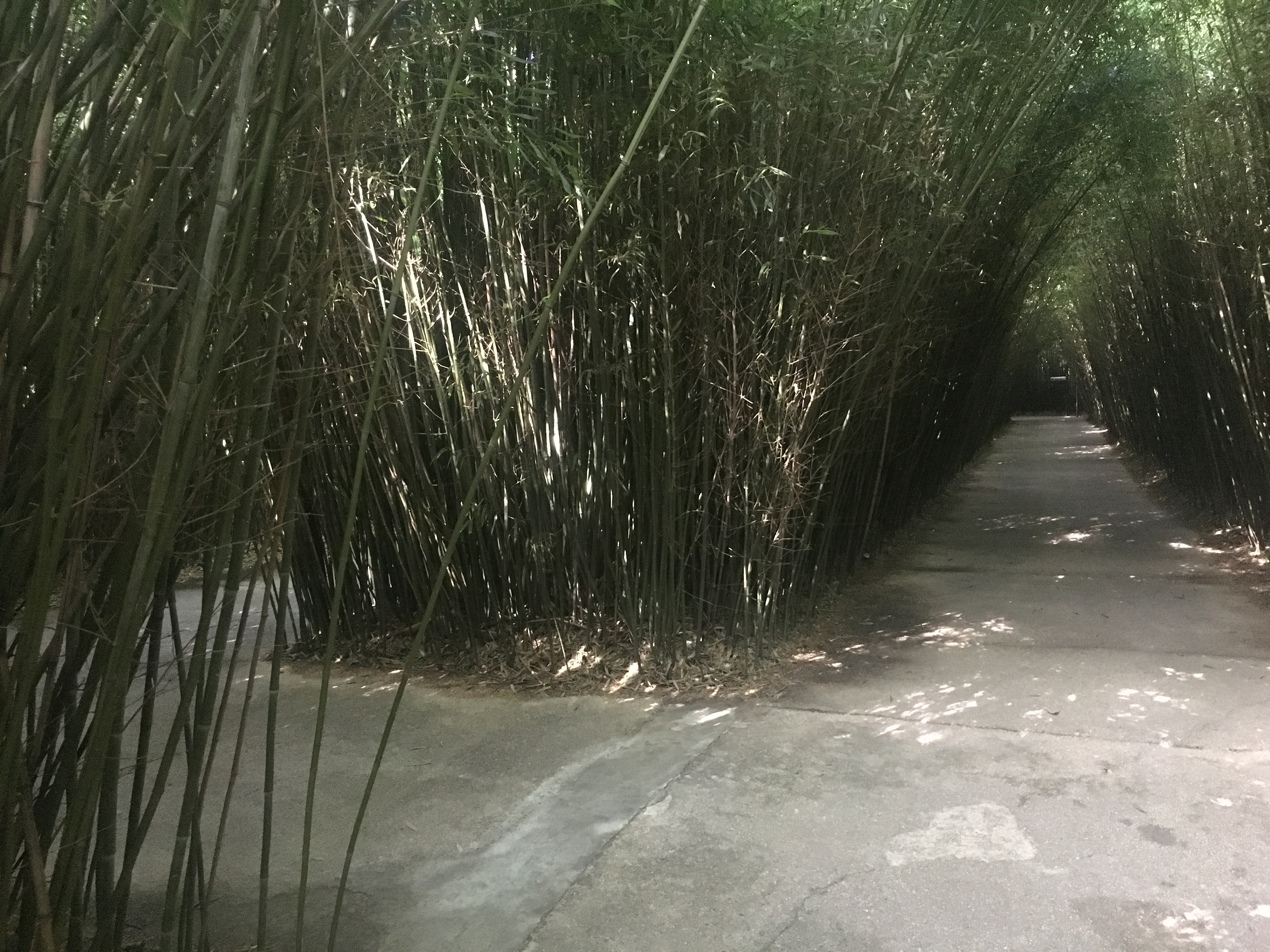
in the bamboo labyrinth
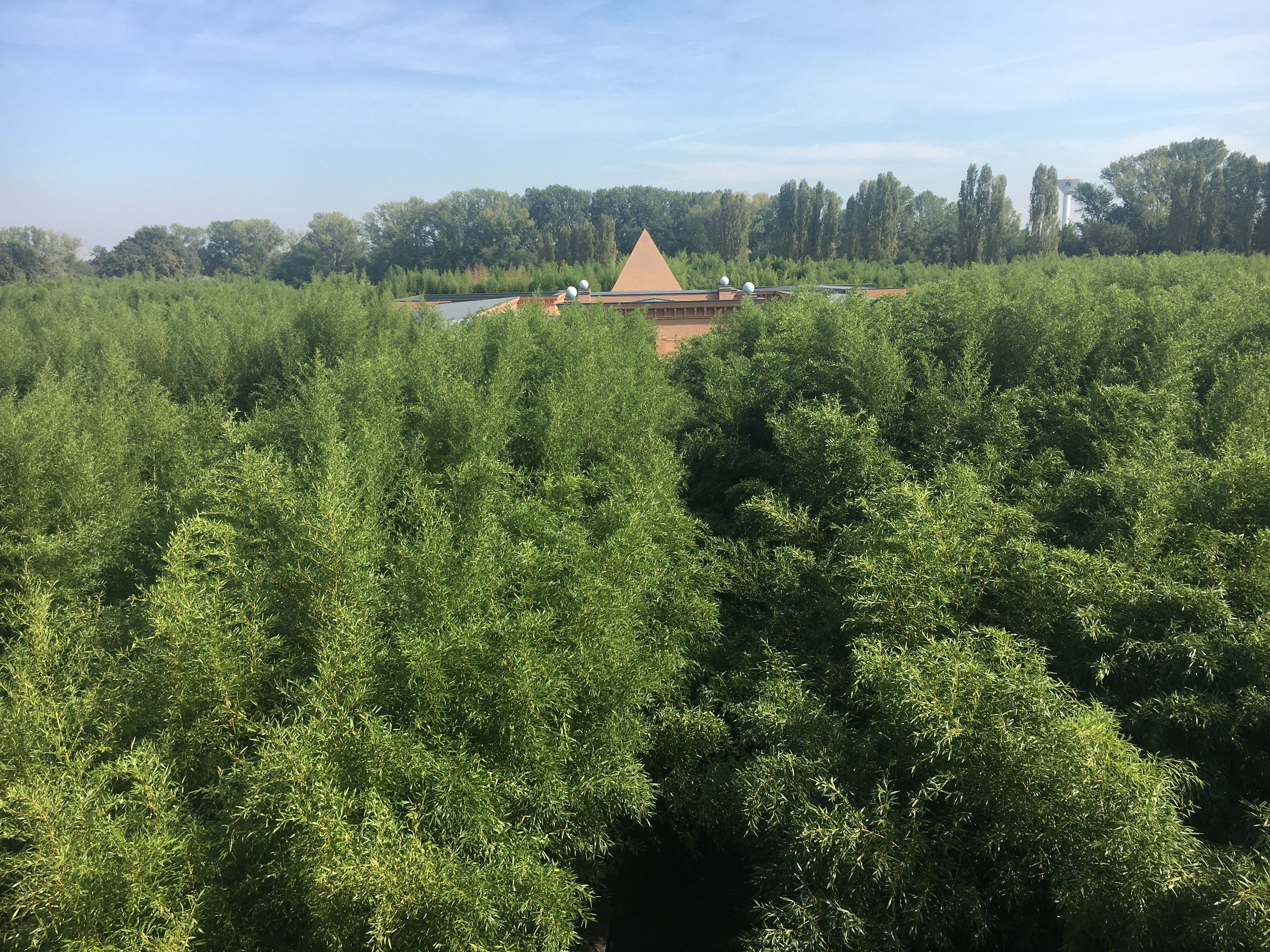
Overview of the bamboo labyrinth from the viewpoint
Under the Bamboo Tree 2019 was geared towards sustainable development, and I gave a presentation about the contribution of bamboo for several of the SDGs. I highlighted the Sustainable Development Goals where bamboo could make a significant difference with examples from around the world. I focused on poverty reduction, renewable energy, construction and urban development, sustainable production and consumption, climate change and terrestrial ecosystem management.
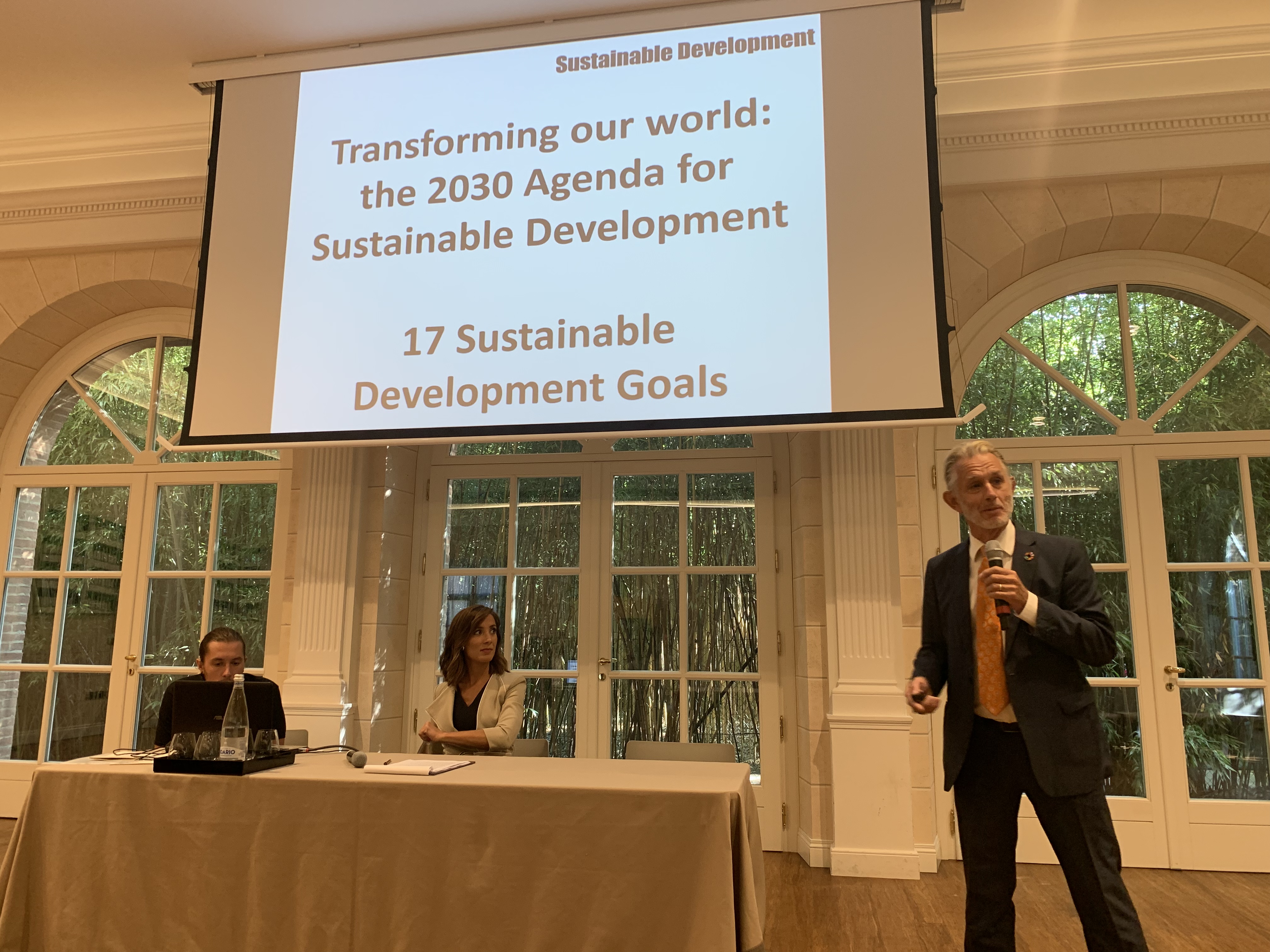
Speaking at “Under the Bamboo Tree 2019”
My presentation ended with a reflection of the opportunities that bamboo provides for green development in Europe, including the Bamboologic proposition that we can plant bamboo in southern Europe for rural employment, land and water management and industrial development. Like in Madrid, the response was very positive, and I was told by the President of the Italian Bamboo Society that there are already nearly two thousand hectares of bamboo in Italy.

Bamboo in Rome Botancial Gardens – photo from Wikimedia
After these two events, I am convinced that there is scope to plant bamboo is several South-European countries, and I am looking forward to make this idea a reality during the coming years.

Thank you for this. May I use excepts for the UK Bamboo Society Website?
Certainly!
Dear Michael. I can also send you the text of my keynote speech for World Bamboo Day. Can you share your email address? I am hansfr55@gmail.com
Dear Hans,
I am currently investigating options to start up a bamboo plantation in Spain & would be very interested to pick your brain on a few topics if at all possible?
Brgds,
Danny
Hello Danny. Send email to hansfr55@gmail.com. Best regards, Hans